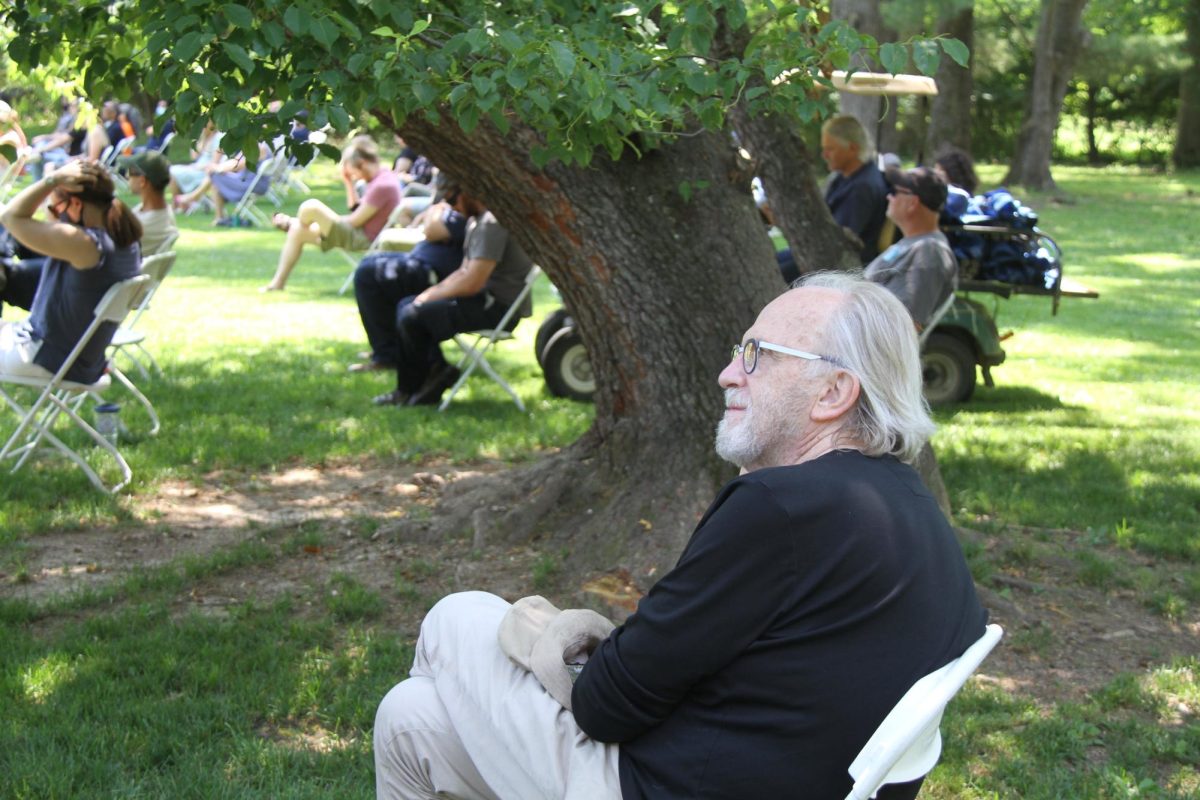Zooming in on the world through a lens
May 24, 2016
Introduction to Media Arts has started a new class project: making documentaries. This may sound like a hefty assignment, and Media Arts teacher Jerry Hirniak does have high expectations for his students, but students such as junior Jasmine Hu are up for the challenge.
“I decided to make my documentary about Chinese food. I’ve already interviewed six people about [my topic], and I’ve filmed their reactions to eating different kinds of Chinese candies,” Jasmine explained.
Media Arts students have been given approximately six to seven weeks to complete the film, which is expected to be about five minutes long. Students are required to get their filming done outside of school, as Mr. Hirniak wants students to “engage in their communities” and to “understand [that] their lives are rich and deep and can be incredible subjects.” Mr. Hirniak wants students to be able to self-edit their clips and evaluate their peers’ films as well.
“Peer critique is foundational,” Mr. Hirniak said. “It is a way of developing a vocabulary and [film] grammar-structural elements to gauge a reaction. Without speaking about [their work], students do not learn the lesson.” Mr. Hirniak also sees peer review as an essential part of the assignment because it allows students to recognize and utilize their own strengths as well as incorporate others’ suggestions for their film.
“Every individual has a distinct skill set. I want students to understand their particular skill sets – none is better or worse than another – and for students to then use [the skills] they have,” he continued.
Moreover, Mr. Hirniak hopes that students will view their documentaries as writing— creating film requires management of the sequence of their ideas, creating conclusions, making revisions, and producing drafts. “When you’re watching movie images and sounds, you’re inside a story … you enter into a world which is really complex, and nothing else does it in the same way,” he remarked.
However, despite the fact that technology like cameras has become common in everyday life, it can be stigmatized, as people worry that it will replace literature. Mr. Hirniak specifically addressed this issue:
“An image is infinitely loaded,” he explained. “The fact that we enter into spaces that images create, and can put an audio track over an image … radically transforms it and leads you to complicated places. When you are watching movie images and sounds, you are inside a story, and you enter into a world which is really, really complex, and [literature] just does it in a different way.”
Junior Michelle Lan has gained valuable knowledge and insight into the world of Media Arts through working on her documentary.
“I think [Introduction to Media Arts] is a really good class … especially since a lot of other schools only teach fine or traditional arts. I think media arts is forgotten sometimes. At PDS, it is well-funded. [Media arts] is given as much value as other arts, and Mr. Hirniak is very passionate about his teaching,” she gushed.“With the class, I really learned the basics of media arts. I discovered how to use film both as a tool and an art.”





